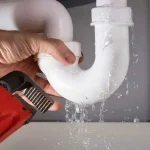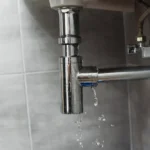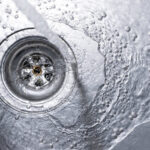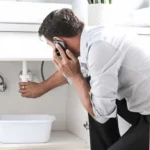Good drainage is one of those unseen essentials that keeps your home safe, healthy, and structurally sound. When water flows freely through drains, gutters, and underground pipes, everything works as it should. But the moment problems arise—whether it’s slow-draining sinks, water pooling in the garden, or mysterious foul odours—your home can quickly become uncomfortable and even unsafe.
Drainage issues that are ignored don’t simply disappear; they get worse. Left unchecked, small blockages or leaks can evolve into major problems, including structural damage, water contamination, and costly repairs. The good news? With early detection and timely fixes, you can protect your property and your wallet.
This guide explains how to spot early signs of drainage issues, what causes them, and how to tackle them before they escalate into bigger headaches.
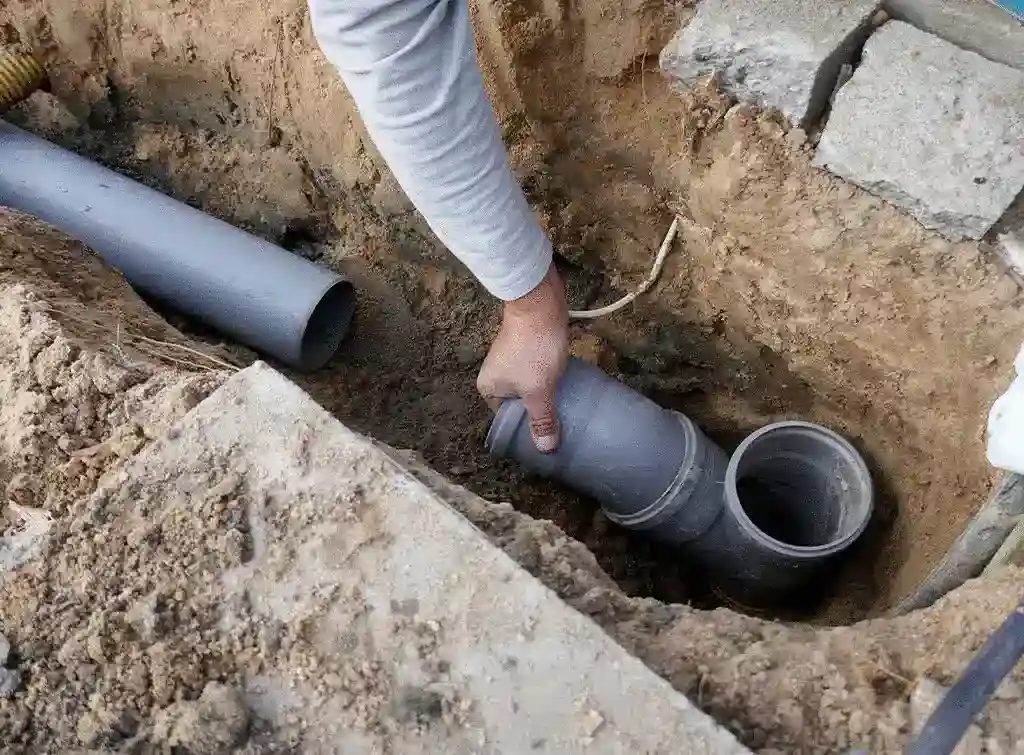
Content
Common Signs of Drainage Problems
Recognising drainage problems early is key to avoiding expensive and stressful repairs. Here are the most common warning signs:
- Water pooling around the home – If rainwater collects near your property’s foundation or garden, it suggests poor drainage or blocked outdoor pipes.
- Slow-draining sinks, baths, or showers – A sluggish flow often indicates blockages caused by hair, grease, or soap residue.
- Bad smells from drains – Persistent odours are usually linked to waste buildup or stagnant water in the pipes.
- Gurgling noises in the pipes – Air trapped by blockages can create unusual sounds when water passes through.
- Damp patches or mould – Water seeping into walls or floors may signal a hidden leak or poorly functioning drains.
- Overflowing gutters or outdoor drains – This often means leaves, moss, or debris are clogging the system.
Catching these symptoms early could mean the difference between a simple clean-up and a costly drainage overhaul.
Causes of Drainage Issues
Drainage problems don’t appear out of nowhere. Understanding their root causes can help you prevent them in the first place.
- Household waste – Everyday items such as food scraps, oils, hair, and soap residue often clog kitchen and bathroom drains.
- Tree roots – Roots are naturally drawn to water, and they can infiltrate underground pipes, causing cracks or blockages.
- Pipe damage – Old, collapsed, or poorly installed pipes create weak points that block water flow.
- Heavy rainfall – In areas with poor soil drainage or compacted ground, excess rain can overwhelm the system.
- Blocked gutters – Accumulated leaves and moss in gutters prevent rainwater from flowing freely, leading to overflow and damp issues.
By identifying what’s causing the problem, you can find the best solution for your home.
Simple DIY Checks and Fixes
Not all drainage issues require calling in professionals right away. Some minor problems can be resolved with DIY methods:
- Flush drains with hot water – This helps break down grease and soap residue.
- Baking soda and vinegar – A natural remedy that fizzes away light blockages.
- Plunger – Handy for loosening small clogs in sinks or toilets.
- Drain covers – Installing them can prevent food, hair, and debris from entering pipes in the first place.
- Clean gutters regularly – Removing debris from gutters and downspouts ensures water flows away from your home.
- Check outdoor slopes – Make sure soil and patios slope away from the house so water doesn’t pool by the foundation.
These steps are useful for everyday maintenance, but if problems persist, professional help is the safest option.
When DIY Isn’t Enough: Warning Signs You Need Help
Some drainage problems are too complex for DIY solutions and require expert intervention. Watch for these red flags:
- Recurring blockages in the same drain.
- Multiple drains blocked at once.
- Persistent foul smells that return after cleaning.
- Flooding in gardens or near property foundations.
- Signs of sewage backing up into sinks or toilets.
These issues often point to hidden structural problems within the drainage system—something only professionals with the right tools can identify and repair.
Professional Solutions for Lasting Protection
When drainage problems become serious, calling in trained specialists ensures you get a long-lasting fix. Professional services include:
- CCTV drain surveys – Using cameras, experts can locate the exact cause of a blockage or leak without unnecessary digging.
- High-pressure water jetting – Clears stubborn clogs quickly and efficiently.
- Tree root removal – Special equipment cuts away roots invading underground pipes.
- Pipe relining – A modern solution that repairs cracked or collapsed pipes without needing to excavate.
- Scheduled maintenance – Preventive servicing ensures your system stays clear and efficient all year round.
For example, if you live in the capital, contacting drainage experts in North London can give you peace of mind that problems will be diagnosed accurately and resolved with the latest techniques. For more details, you can explore services at BDS Drainage.
Preventive Measures for Long-Term Drainage Health
The best way to avoid costly drainage problems is through prevention. Here’s how to keep your system in top condition:
- Regular inspections – Schedule annual drain checks, especially in older homes.
- Proper waste disposal – Avoid pouring fats, oils, or food scraps down the sink, and keep wipes or sanitary items out of toilets.
- Garden planning – Don’t plant large trees too close to drainage lines, as roots can spread underground.
- Gutter maintenance – Clean gutters at least twice a year to prevent blockages.
- Install backflow prevention devices – Particularly useful in flood-prone areas.
With consistent care, you’ll minimise the chances of sudden emergencies.
Conclusion
Drainage problems are among the most frustrating issues homeowners face, but they don’t have to spiral out of control. By learning to recognise the warning signs—like slow-draining sinks, foul odours, or water pooling outdoors—you can take action before the damage escalates.
Minor blockages can often be tackled with simple DIY methods, but for recurring or serious issues, professional expertise is essential. Services such as CCTV surveys, high-pressure jetting, and pipe relining ensure your system runs smoothly and safely.
Ultimately, prevention is the smartest strategy. Regular checks, proper waste disposal, and timely professional maintenance will keep your drainage system healthy for years to come. By being proactive, you’ll save money, protect your property, and enjoy peace of mind knowing your home is safeguarded against hidden drainage problems.

Melissa Day is a dedicated home blogger who has been blogging for over six years. She covers everything home related. Melissa also loves writing posts about her travels to Europe with her husband and two children.


